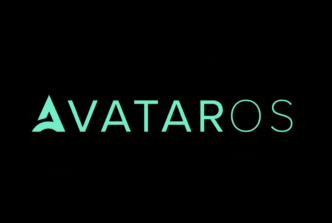The Allen Institute for AI (Ai2) has launched a compact but powerful new model, Olmo 2 1B, and claims it outperforms similar models from major tech players like Google, OpenAI, Meta, and Alibaba. Released under the Apache 2.0 license, Olmo 2 1B is freely available on Hugging Face, complete with code and training datasets.
This makes it one of the most accessible open-source language models yet—especially for developers who don’t have high-end hardware. Unlike larger models that demand massive computational power, Olmo 2 1B can run smoothly on consumer-grade laptops or even mobile devices.
Compact Model, Impressive Performance
Olmo 2 1B is a 1-billion-parameter language model. Parameters, or weights, are the internal mechanics that help models understand and generate text. While small models don’t usually match the performance of their massive counterparts, Ai2’s latest release shows that careful tuning and data selection can yield powerful results—even in compact form.
Ai2 trained Olmo 2 1B on a massive 4 trillion tokens drawn from public, AI-generated, and hand-curated sources. Tokens are the small chunks of text models read and produce—roughly 750,000 words per million tokens.
In benchmark tests, Olmo 2 1B beats Google’s Gemma 3 1B, Meta’s Llama 3.2 1B, and Alibaba’s Qwen 2.5 1.5B. On GSM8K, which measures arithmetic reasoning, and TruthfulQA, which tests factual accuracy, Olmo 2 1B came out on top.
These wins make it one of the strongest contenders in the growing category of small, efficient AI models. Its strong showing could make it a go-to option for researchers and developers who need reliable performance without heavy infrastructure costs.
Fully Open, Caution Advised
One standout feature of Olmo 2 1B is its full reproducibility. Unlike many models that release only weights or limit access, Ai2 has shared everything—model code, training data, and documentation. This transparency could drive greater adoption and research.
Yet, Ai2 offers a word of caution. Like all AI systems, Olmo 2 1B is not immune to producing problematic content. It may generate inaccurate information or harmful text depending on the prompt. For that reason, Ai2 advises against deploying the model in production or commercial environments at this time.
This transparency about risks is crucial as more developers look to integrate AI into applications. Despite the warnings, the model’s open availability and performance are expected to attract wide interest.
Olmo 2 1B joins a wave of recent releases in the compact model space, including Microsoft’s Phi 4 and Qwen’s 2.5 Omni 3B. These models signal a growing push toward smaller, more efficient AI systems that don’t sacrifice too much performance.
For developers, hobbyists, and educators, Olmo 2 1B offers a practical and powerful tool—with fewer barriers to entry.













